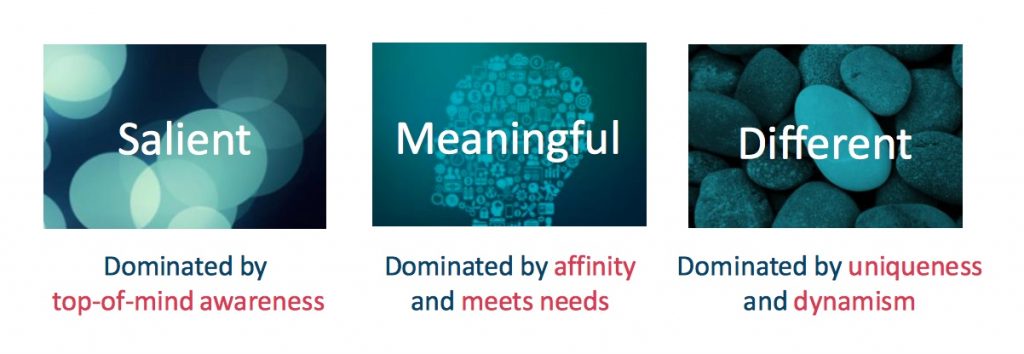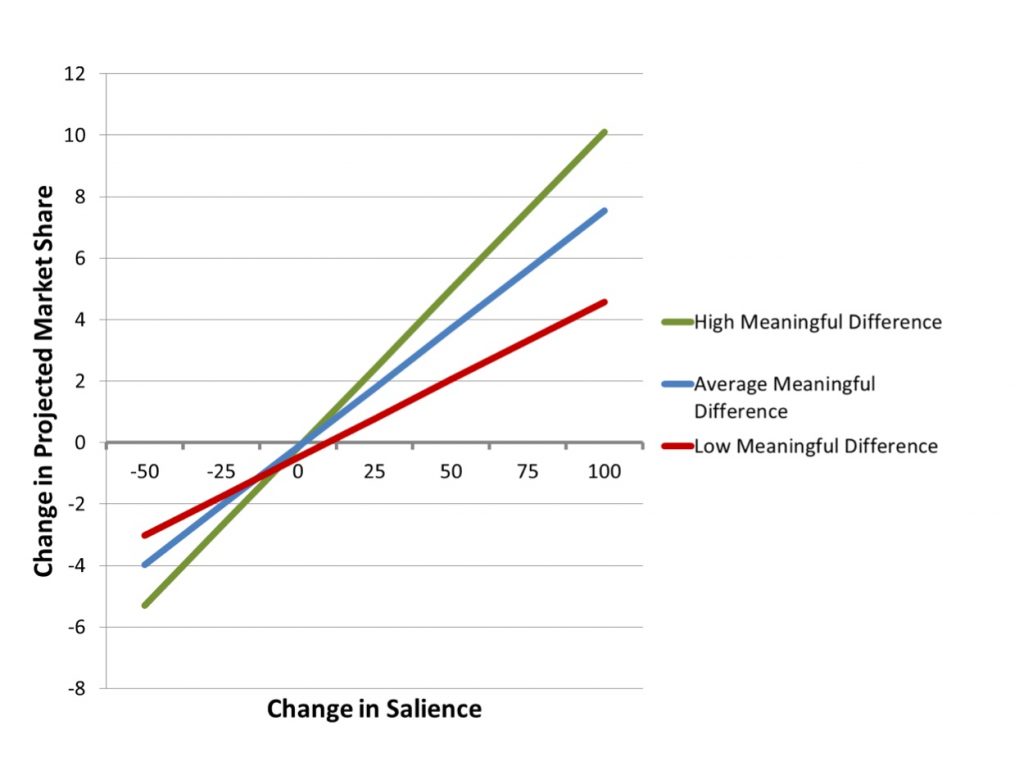If there’s one thing we are learning this year, it’s how fragile our brands really are. In this low-barrier world we live in, it’s incredibly easy to spread disinformation, and many brands are just one bad ad placement away from some serious reputation damage. Some huge brands (that probably should have known better) learned this in a very public way with the YouTube/ Google ad scandals.
For brand managers, the challenge is clear: Protect the image and build trust and faith in an increasingly skeptical readership. In short, they are aiming to make their brands meaningfully different from the pack, creating an emotional connection that resonates with their readers.
Hard to do in this time and place, perhaps…but there’s a bright spot, according to industry analyst Hafizha Hazahal writing in SPH Magazines. Hazahal is referring to a new study from Magnetic Media that shows magazines are the most cost effective channel for building brands.
The report, “Why Being Different Still Makes a Difference,” provides some important context for companies looking to build stronger brands. They define “meaningfully different” in terms of three qualities: Saliency, Meaning and Difference.

Image source: Magnetic.Media
The data shows that brands that achieve this mix of qualities enjoyed far better growth rates than brands that rely on saliency, meaning or difference alone.
“Brands with high meaningful difference are more likely to benefit from repeat purchase and can command higher prices,” notes the report. “More importantly price elasticity is reduced even where consumers are price rather than brand driven in their choices.”

Image source: Magnetic.Media
This data shows pretty clearly that being meaningfully different has bottom line implications. But how do we get there? According to the data, magazines as a channel deliver the highest impact on that meaningful difference.

Image source: Magnetic.Media
Why is that? Hazahal has some thoughts.
“Firstly, the nature of magazine as a lean-forward media that readers turn to during their ‘me-time’ to unwind creates a relaxed mind which is more receptive towards commercial messages,” she explains, noting that this is a powerful environment for brands in an age of banner-blindness and ad blocking.
Secondly, magazines create a more intimate self-selected experience in which the ads enjoy the same kind of trust and acceptance as the editorial content.
“Last but not least, the key drivers of brand differentiation identified in Millward Brown’s study – uniqueness and dynamism – are strong attributes of magazine media,” Hazahal continues. “The deep vertical knowledge of its editors and writers who are at the forefront of happenings in their respective industries inevitably command recognition from readers as trend-setters. Strong editorial voice coupled with distinctive creative production values of magazines work together to build a sense of uniqueness and dynamism which rub off on brands that appear in the media.”
Looking to build that meaningful difference for your brand? You’d do well to consider print.
